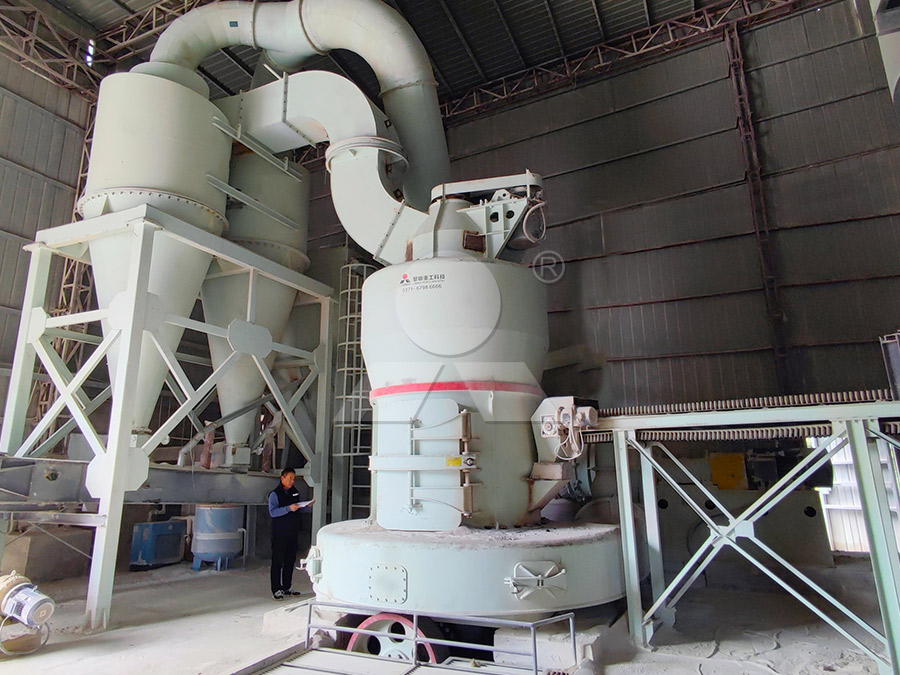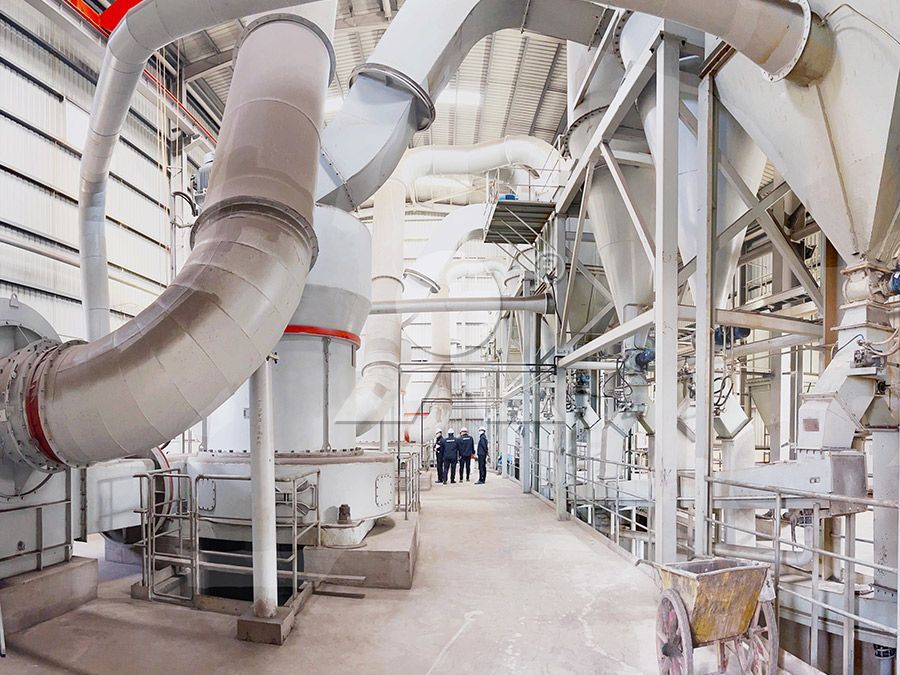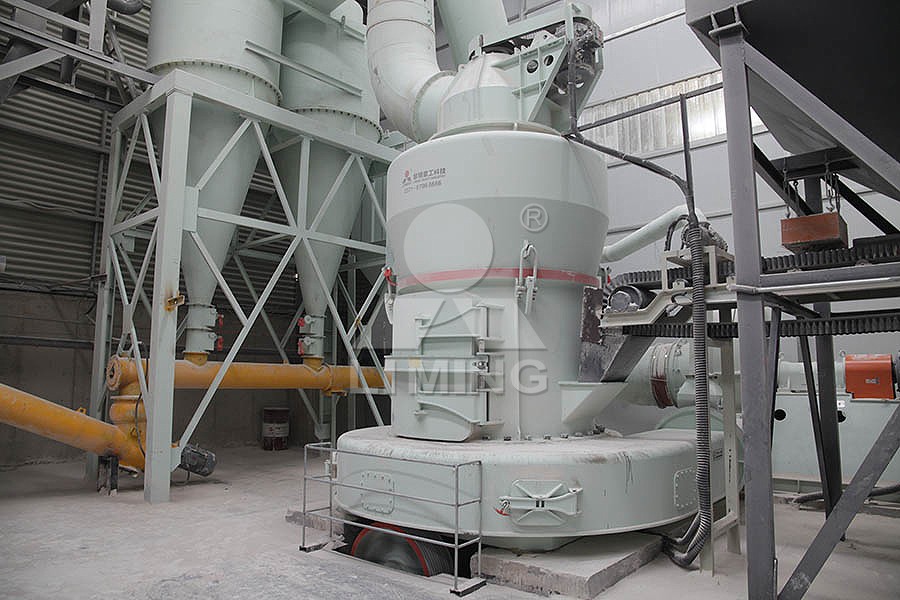4R Raymond Mill for Grinding Calcined Bauxite: Key Features and Applications
4R Raymond Mill for Grinding Calcined Bauxite: Key Features and Applications
Calcined bauxite, a critical industrial mineral obtained by heating raw bauxite to high temperatures, demands precise and efficient grinding equipment to achieve its full potential in various applications. Its high hardness and abrasive nature make the choice of grinding mill paramount for operational success and cost-effectiveness. The 4R Raymond Mill has established itself as a reliable and robust solution for processing this challenging material into fine powders.

Key Features of the 4R Raymond Mill
The 4R designation refers to the four grinding rollers that provide the crushing force within the mill. This configuration offers a significant advantage in processing hard materials like calcined bauxite. The mill’s structure is designed for durability, with the grinding rollers and rings manufactured from high-quality, wear-resistant alloys to withstand the abrasive properties of bauxite. This directly translates to reduced maintenance frequency and lower long-term operational costs.
One of the standout features is its centralized electrical control system, which allows for easy adjustment of grinding fineness. Operators can accurately control the product size, typically ranging from 80 to 425 mesh, to meet specific customer requirements. The system’s efficient airflow design, facilitated by a high-performance blower and cyclone separator, ensures a closed-circuit circulation that minimizes dust emissions and maximizes powder collection efficiency.
Primary Applications of Ground Calcined Bauxite
Finely ground calcined bauxite is indispensable in several high-value industries. Its primary use is in the production of refractory bricks and monolithic refractories for lining furnaces, kilns, and reactors, where its high alumina content and thermal stability are critical. The abrasives industry also relies heavily on it for manufacturing grinding wheels, sandpapers, and blasting media.
Furthermore, it serves as a raw material for aluminum chemicals and is a key component in proppants used in hydraulic fracturing within the oil and gas sector. The consistent fineness and quality achieved by the 4R Raymond Mill are essential for performance in these demanding applications.

Advanced Alternatives for Ultra-Fine Requirements
While the 4R Raymond Mill is an excellent workhorse for standard fineness requirements, some advanced applications demand even finer powders or higher capacity. For operations seeking to produce ultra-fine calcined bauxite powder or improve their overall grinding efficiency, our MW Ultrafine Grinding Mill presents a superior alternative.
The MW Series Mill is engineered for customers who need to make ultra-fine powder with higher yielding and lower energy consumption. Its newly designed grinding curves of the grinding roller and ring enhance grinding efficiency significantly. With the same fineness and power, its production capacity can be 40% higher than jet mills and twice as large as ball mills, while reducing system energy consumption by up to 70%. It offers adjustable fineness between 325-2500 meshes, making it ideal for high-value bauxite products.
Another remarkable solution in our portfolio is the LUM Ultrafine Vertical Grinding Mill. Independently designed with the latest grinding roller technology, it integrates ultrafine powder grinding, grading, and transporting. Its unique roller shell and lining plate grinding curve are easier to generate a material layer and realize a high rate of finished products in a single pass. This mill reduces energy consumption by 30%-50% compared to conventional grinding mills, offering exceptional efficiency for modern mineral processing plants.

Conclusion
Selecting the right grinding equipment is a strategic decision that impacts productivity, product quality, and profitability. The 4R Raymond Mill remains a trusted choice for calcined bauxite processing, offering a balance of performance, reliability, and cost. For operations aiming for the next level of efficiency and ultra-fine powder production, advanced technologies like the MW and LUM series provide a clear path forward, ensuring your plant remains competitive in a demanding market.
Frequently Asked Questions (FAQ)
What is the typical input size and capacity of a 4R Raymond Mill for bauxite?
The 4R Raymond Mill typically handles an input size of less than 25mm and offers a capacity ranging from 0.6 to 5 tons per hour, depending on the hardness and moisture content of the calcined bauxite.
Can the 4R Raymond Mill achieve a fineness suitable for refractory applications?
Yes, absolutely. The mill can reliably produce bauxite powder with a fineness between 80 and 425 mesh, which comfortably meets the specifications for most refractory and abrasive applications.
How does the MW Ultrafine Grinding Mill compare for bauxite processing?
The MW Mill is designed for higher efficiency and ultra-fine grinding. It can achieve a fineness of 325-2500 meshes with a 40% higher capacity than jet mills and 50% lower energy consumption, making it ideal for high-value, superfine bauxite powder production.
What are the main wear parts in a Raymond Mill when grinding abrasive bauxite?
The primary wear parts are the grinding rollers and the grinding ring. These components are specifically made from wear-resistant alloys to extend service life and reduce downtime when processing abrasive materials like calcined bauxite.
